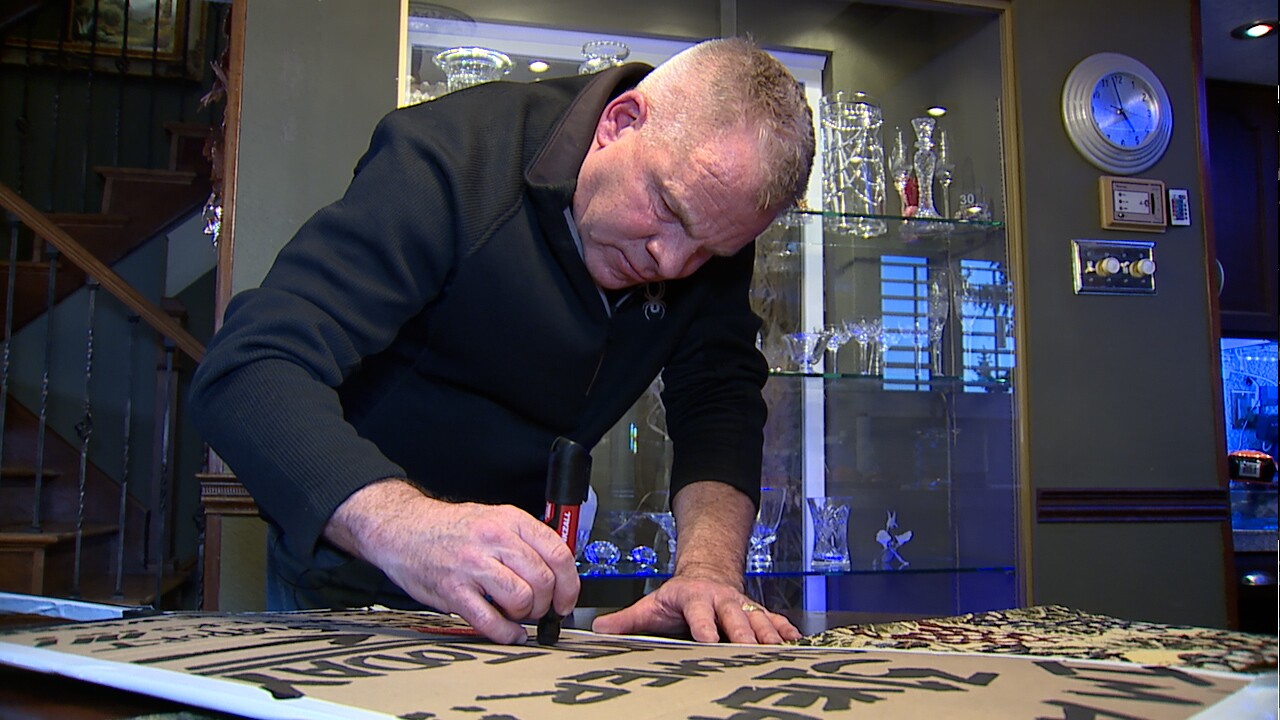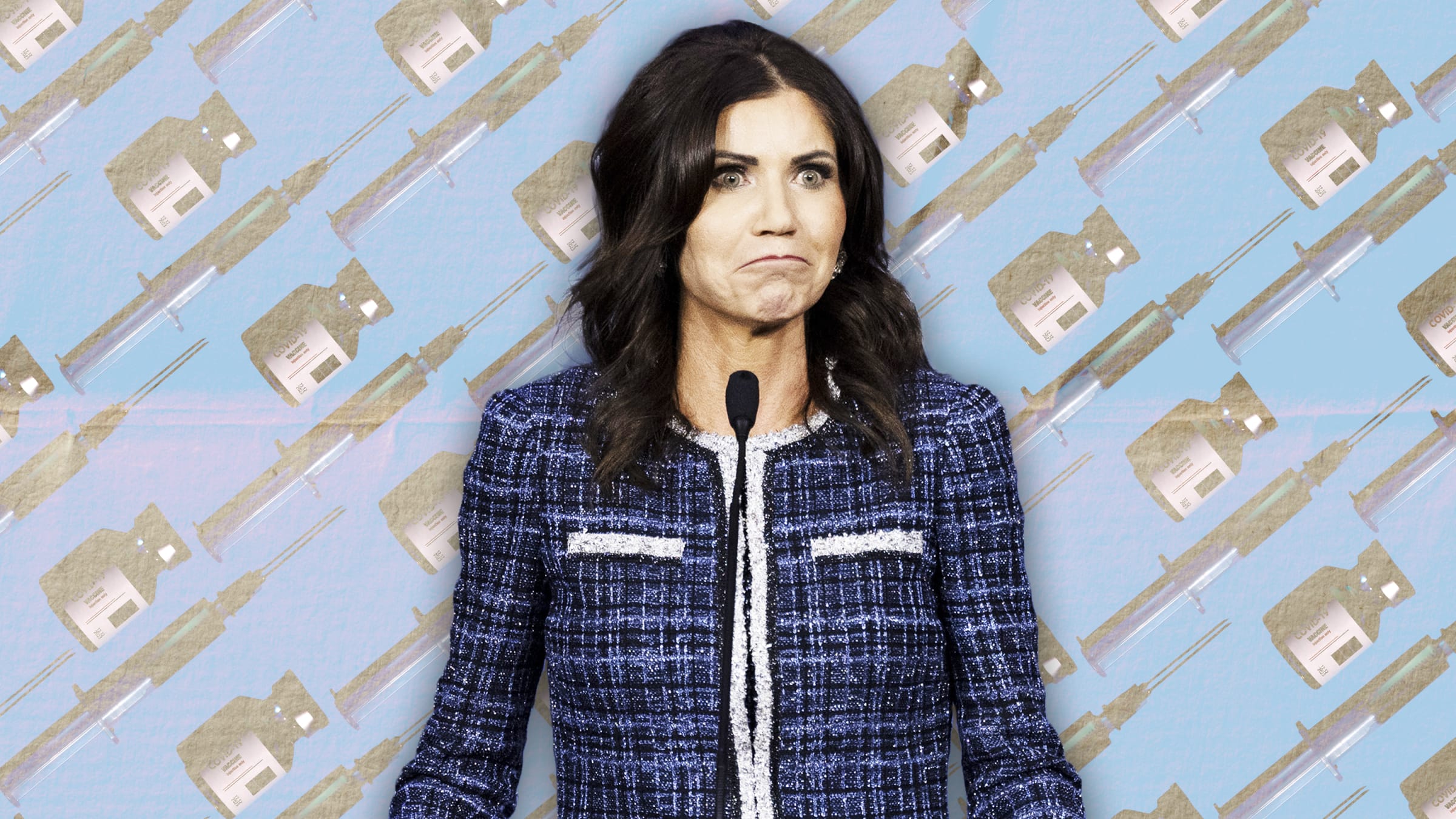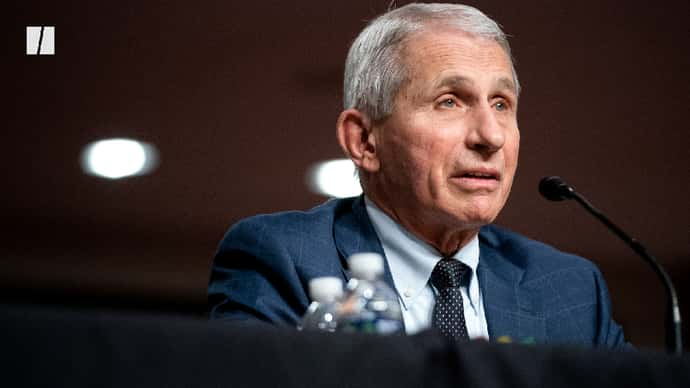The Killer That Stalked New York (1950) and the 1947 smallpox outbreak: “Every effort must be made. …”
The Killer That Stalked New York (1950), directed by Earl McEvoy, is a fictionalized account of the 1947 smallpox outbreak in New York City and the systematic, citywide vaccination program in April of that year that brought the immense danger to an end.
At a time when health and public officials in the US still felt some responsibility for the well-being of the general population, New York authorities organized a campaign against the smallpox threat. According to Dr. Israel Weinstein, the city’s new commissioner of health, writing in the November 1947 AmericanJournal of Public Health, “In a period of less than a month more than 6,350,000 people were vaccinated in New York City, over 5,000,000 of them within the two week period following the appeal for universal vaccination made by the Mayor [William O’Dwyer]. Never before had so many people in one city been vaccinated in such a short time and on such short notice.”
Weinstein continued, “Because of the virulence of the disease and its high communicability, it is little short of remarkable that there were only 12 cases in the entire outbreak.” Only two deaths were reported. The health commissioner concluded that “as soon as a case of smallpox is suspected in a community, every effort must be made to have everyone vaccinated without delay.”
“Every effort must be made. …”
Not to reassure the stock market, but to protect the population and extend the life of every citizen.
Last Friday, Director of the Centers for Disease Control and Prevention (CDC) Rochelle Walensky relayed the “encouraging news” that “over 75 percent” of COVID-19 deaths in the US “occurred in people who had at least four comorbidities…people who are unwell to begin with.” Ezekiel Emanuel, Chair, Medical Ethics & Health Policy at the University of Pennsylvania and a member of the Biden-Harris Transition COVID-19 Advisory Board from November 2020 to January 2021, has made a name for himself by denouncing the “religious fervor of prolonging life for as long as possible,” which he has described as “misguided and potentially destructive.”
What these repulsive figures have expressed in words, the American ruling elite has energetically put into practice, allowing more than 800,000 men, women and children to die needlessly, with countless more deaths to come.
No American official in 1947 or 1950 would have dared to advance views similar to those expressed by Walensky and Emanuel. Although politically hamstrung by the official labor organizations, the American working class had demonstrated its immense combativity in the immediate postwar years, proving in no uncertain terms it had no intention to return to the misery and destitution of the Great Depression.
Moreover, the atrocities of the Nazi regime—including among them its Euthanasia Program, the murder of hundreds of thousands of people with disabilities, those considered “unworthy of life”—were too fresh in the minds of wide layers of the world’s population. The International Military Tribunal, in which 24 leaders of the Third Reich were placed on trial, had only recently concluded, in October 1946. The fragility and preciousness of human life were on the minds of masses of people.
The Killer That Stalked New York is a well-made and effectively tense film, with many talented people involved, as was typical of the time. It appeared during the richest and most realistic period of American filmmaking, 1946 to 1951, before the anti-communist purges transformed conditions in Hollywood and made critical attention to contemporary social life, and the life of the working class in particular, far more problematic and even hazardous.
Harry Essex’s script for The Killer That Stalked New York invents a suspenseful, psychologically intriguing framework for presenting the smallpox danger. A young woman, Sheila Bennet (Evelyn Keyes), returns to New York City from a trip to Cuba. She is smuggling diamonds, an operation masterminded by her musician boy-friend, Matt Krane (Charles Korvin), who has now, however, secretly taken up with her younger sister, Francie (Lola Albright). Sheila has been followed by a US Customs agent, who loses her when she sneaks out of a midtown Manhattan hotel.
Sheila is ill, unbeknownst to her, stricken with smallpox. She begins to spread the contagious disease. Health officials gradually become aware of the menace they face. Alerted to the potential disaster, the health commissioner, the mayor and the city government mobilize resources and initiate a program aimed at inoculating the entire population of 8 million people. Hundreds of thousands line up for a shot.
Now, both Customs and health department officials are hunting for Sheila, although at first independently of each other. By this time horribly ill and almost delirious, Sheila remains determined to exact revenge on the philandering Krane, especially after the suicide of her sister. This burning desire, as much as anything else, prevents her from seeking assistance. The number of the gravely ill begins to rise.
As noted above, the film, from Columbia Pictures, is based on the 1947 outbreak and a non-fiction account of it by Milton Lehman that appeared in Cosmopolitan magazine in April 1948.
In the actual case, the carrier of the disease was a 47-year-old businessman, Eugene Le Bar, who had lived in Mexico for six years. He became ill during the five-day bus ride from Mexico City to New York. Four days after his arrival, he entered Bellevue Hospital and was later transferred to Willard Parker Hospital, the communicable disease hospital in Manhattan, where he died. Several others were also hospitalized with similar symptoms. A definite diagnosis of smallpox was not made for several weeks, until confirmed by doctors at the US Army Medical School Laboratory and Western Reserve University.
Smallpox is one of the deadliest diseases in world history. Medical historians estimate that 300 million died from smallpox in the 20th century alone. As recently as the early 1950s, an estimated 50 million cases of smallpox worldwide occurred annually. The disease killed between 20 and 60 percent of all those infected, including as many as 80 percent of children.
As the National Geographic website explains: “Smallpox is an acute contagious disease caused by the variola virus. It gets its name from the Latin word for ‘spotted,’ referring to the raised, pustular bumps that break out over the face and body of those affected. Historically the virus killed around 30 percent of people who caught it. Those who survived were often left blind, sterile, and with deep pitted scars, or pockmarks, on the skin.” A mass global vaccination campaign announced by the World Health Organization in 1959 finally put an end to the affliction in 1977—'making it the first disease ever eradicated” (American Museum of Natural History).
The makers of The Killer That Stalked New York decided to create the Bennet character and the tale of smuggling and the fury of “a woman scorned” for fairly evident reasons. In inimitable late-1940s Hollywood fashion, the hardboiled opening narration gets right to the point: “Death didn’t sneak into town riding the rods or huddled in a boxcar. It came in on a streamliner, first class, extra fare, right into the Pennsylvania Station [one of New York’s railroad stations], big as life. And when it finally stepped out of its drawing room and onto the platform, it was something to whistle at. It wore lipstick. Nylons and a beautifully tailored coat that sported a silver dancing girl. Souvenir of Cuba. Its name was Sheila Bennet. A pretty face with a frame to match.”
However, before anyone piously wags a finger, a good word might be put in for the screenwriter’s general approach, if not every single choice. American filmmaking was still capable at the time of “dissolving the politics [or, in this case, the history] into the poetics.” The Killer That Stalked New York conscientiously brings out the public essence of the April 1947 crisis, while more or less convincingly creating a set of characters, from different social backgrounds, whose private lives are affected by the appearance of the deadly disease.
The film invents a Manhattan doctor, Ben Wood (William Bishop), who inadvertently comes into contact with Sheila and, later, some of the smallpox victims. He, together with a colleague, Dr. Cooper, first consider the frightening possibilities.
In a conversation, Cooper exclaims worriedly to Wood, “Suppose we were in those medieval days again. When plagues wiped out whole cities. Before x-ray, vaccine and anesthesia. And the symptoms were a headache, backache, fever and rash. What would they have meant?” Wood replies, “Smallpox. … But here, in the middle of New York City? Why, I’ve never even seen a case.”
Cooper, played by veteran Viennese-born actor Ludwig Donath, responds, “Well, I have. In Europe, as a child. Hundreds of them. Screaming and twisting creatures. Doomed to be fed to a huge bonfire that was kept going for weeks.”
Some of the characterizations rely heavily on New York film typology: a benevolent Irish cop, a grasping, busybody landlady, a desperate immigrant mother, a milkman’s nagging wife. Nonetheless, even the clichés still have some life in them here. Within limits, the film draws a convincing picture of urban realities.
The artistic experience that could be mobilized in Hollywood even for a relatively minor project like this one was immense. The director, Earl McEvoy, is one of the least-known quantities. He was primarily a second unit/assistant director or associate producer for MGM and Columbia in the 1940s. He only directed two other films, the last one in 1949. The date perhaps has significance. In 2010, the New York Post ’s Lou Lumenick posed the question, for which he didn’t have an answer, “Was he [McEvoy] blacklisted?”
Two of the leading performers in The Killer That Stalked New York certainly were: the Hungarian-born Korvin (born Geza Korvin Karpathi) and Art Smith (who plays the fence Anthony Moss), a regular member of the left-wing Group Theatre and, years later, the original “Doc” in West Side Story on Broadway in 1957.
The lively Evelyn Keyes, who first made a name for herself playing Scarlett O’Hara’s younger sister in Gonewiththe Wind (1939), had been a member of the Committee for the First Amendment, the group of Hollywood lefts and liberals that protested against the “red scare” hearings held by the House Un-American Activities Committee in 1947, along with her husband of the time, John Huston. Other husbands included director Charles Vidor ( Gilda, 1946) and bandleader Artie Shaw. Keyes featured prominently in The Face Behind the Mask (Robert Florey, 1941) and Johnny O’Clock (Robert Rossen, 1947), and even more notably in Joseph Losey’s The Prowler (1951) and Phil Karlson’s 99 River Street (1953).
The skilled performers in The Killer That Stalked New York also include Albright, generally an underestimated presence, best remembered for her role on the Peter Gunn television series; Dorothy Malone, still limited to secondary roles in 1950, here a nurse to Dr. Wood; Jim Backus, who appeared in innumerable plays, films, radio programs and voiced cartoons; and with more than 900 films and television series between them, indispensable “character actors” Whit Bissell, Roy Roberts, Barry Kelley, Carl Benton Reid and Connie Gilchrist.
The gifted cinematographer Joseph Biroc, a New York native, eventually associated in particular with directors Robert Aldrich and Samuel Fuller, elegantly captured the city at its most menacing in The Killer That Stalked New York ’s nighttime sequences, as well as something of its complex vibrancy in the daytime street scenes. Biroc began his career as a cameraman in the US Army. In 1945, he filmed the horrors of the Dachau concentration camp in Germany while serving as captain of the sixth detachment alongside director George Stevens’s Special Motion Picture Coverage Unit.
In this regard, even the narrator deserves a note. The mellifluous-voiced Reed Hadley, longtime film, television and radio actor, also provided the commentary in 1945 for The Nazi Plan, a documentary compiled from captured Hitlerite propaganda and newsreel image and sound recordings that was used as evidence at the Nuremberg Trials.
The film’s score was composed by Hans J. Salter. A biography explains, “Born in Vienna, Austria on January 14, 1896, [Salter] gained his education from the Vienna Academy Of Music, and studied composition with Alban Berg, Franz Schreker, and others. He was Music Director of the State Opera in Berlin before being hired to compose music at UFA studios. Salter emigrated to America in 1937 and was quickly put under contract at Universal, where he worked for nearly 30 years, arranging, composing, conducting, and serving as musical director.”
In other words, there were reasons why many American films of the period had artistic, moral and intellectual weight.
The response of the mayor (Roberts) in The Killer That Stalked New York, based on O’Dwyer, who by the time of the film’s release in December 1950 had resigned in a corruption scandal, no doubt has an exaggerated or myth-making quality. But apparently also has some basis in fact.
The health commissioner (Reid) and his aides visit the mayor on a Sunday. Informed of the crisis, he jumps into action. The dialogue goes like this:
–All right, you have eight million arms to vaccinate. What do you need?
–An extra thousand doctors.
–You’ve got them. What else?
–Facilities for vaccinations.
–[To other officials] You’re donating your police stations for clinics. The same for the fire houses in all the boroughs. I take it the Commissioner of Hospitals has something to offer.
–Every city hospital and staff on call 24 hours a day.
–All right then. We’re ready.
–Not quite.
–How much?
–We’ll need half a million dollars to get underway. Vaccinations are free.
–At six cents a life, that’s a buy. You’ll start with me.
The narrator takes over, “The mayor didn’t waste any time. A few hours later he had his sleeve rolled up and took the big scratch. And after the headman set the example for his town, the health commissioner took to the air. If you were tuned in, you heard the opening gun on a fight-to-the-finish war, and if you couldn’t hear it, you could read about it. The newspapers got the facts, the who, the what, the where, the when and the why. The biggest headlines we’d seen since V-Day hit the town right between the eyes.”
In addition to the city’s “BE SURE! BE SAFE! GET VACCINATED!” program, as the narrator notes, Dr. Weinstein appeared on radio delivering remarks directed toward those who were hesitant about getting vaccinated. By all accounts, Weinstein was a remarkable figure. Historian Mimi Eisen notes that he was “a bacteriologist, physician, and lifelong New Yorker. In the early 1900s, as a child growing up on the Lower East Side, he had seen communities ravaged by smallpox outbreaks. Weinstein was just months into his post as health commissioner when smallpox reappeared.”
The hesitancy and related social backwardness referred to receive brief treatment in the film. In a scene set in a barber shop, several customers deliver a negative verdict on the vaccination program. One man argues “Two cases of smallpox don’t make no epidemic,” while another suggests that the mayor’s campaign is “Nothing but publicity!” The first goes on, “What right has the mayor got to spend the taxpayers’ money like this? Do you know what it’ll cost, all this free vaccinating? Millions!”
A third barber shop customer intervenes, “You ever been in a smallpox epidemic, mac? Ever seen one?” He goes on, “Look at that guy there on that chair. He could have picked up the pox from one of them people in the hospital. Have it and not even know it, see? All right, you come along. You sit in that same chair. Blooey, you got the pox from just sitting there.” A fourth customer thereupon rushes out to line up for his vaccination!
Over protest signs, “Stop Vaccinations! Vaccine is poison!,” the narrator intones, “Sure, there were some who didn’t believe in the city’s fight. But the ball was rolling, and whether you liked it or not. Unless you grabbed for the life insurance that only cost a 10-minute wait in a line, you were out of fashion. Not in style. An aching arm told your neighbor you had good sense. The count went up. [Images of huge crowds in New York] One million vaccinated. Two million. But smallpox is never a local affair. It concerns the world. Washington, London, Paris, all waited for the news our mayor was punching out on the home grounds.”
Sheila Bennet has the strength to see Krane brought to justice of a sort. The narration concludes: “Before Sheila passed on in a last blinding burst of fever, she found the strength to tell the doctors what they had to know. And smallpox, the ancient killer, was forced back into the Middle Ages from whence it had sprung. There were the dead, but eight million lived on.”
The Killer That Stalked New York is dedicated in a title “To the men and women of public health—the first line of defense between mankind and disease.”









